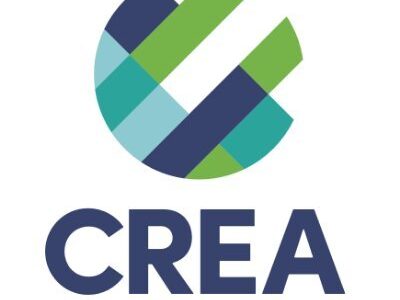Air Resources Board Does Some Punting On SB 375 Targets

As I blogged, the California Air Resources Board yesterday set greenhouse gas targets for the eighteen metropolitan regions in the state, which these regions must try to meet through a land use and transportation planning process.
The Board basically split the difference of what the staff recommended. For the four largest regions, staff wanted 5-10% per capita reductions. The Board went with seven percent. If you believe real estate developers, the world as we know it is about to end with these targets. Overall, these targets represent fairly aggressive goals for greenhouse gas emissions reductions. But because the law itself contains no teeth, they are unlikely to fundamentally change development patterns in the state.
Here is the breakdown on the targets:
- The San Diego Area: 7 percent and 13 percent
- Sacramento Region: 7 percent and 16 percent
- Bay Area Region: 7 percent and 15 percent
- Southern California: 8 percent and 13 percent, with the 2035 target conditioned on discussions with the MPO
- San Joaquin Valley (includes eight planning organizations): placeholder of 5 percent and 10 percent, to be revisited in 2012 [emphasis mine]
- Targets for the remaining six Metropolitan Planning Organizations—the Monterey Bay, Butte, San Luis Obispo, Santa Barbara, Shasta and Tahoe Basin regions—generally match or improve upon their current plans for 2020 and 2035.
Notably, the San Joaquin Valley targets are just placeholders. For a fast-growing region of the state prone to horrific air quality and sprawl problems, these targets should have been set in stone. Arguably, the Air Resources Board has no legal justification for setting placeholders at all and should have developed firm targets. The law states that CARB “shall provide each affected region with greenhouse gas emission reduction targets” by September 30th, with no mention of provisional or placeholder targets. The law earlier references “draft” targets which are distinct from final targets, and “placeholders” sound a lot like “draft.” Furthermore, the law specifies exactly when the targets can be revisited: CARB must update them every eight years and “may” update them every four years based on certain conditions. “Revisiting” them in 2012 sounds inconsistent with the statutory language. Worse, should Proposition 23 pass and suspend the state’s global warming law, political momentum to strengthen these targets in 2012 may go the way of the polar ice cap.
Reader Comments
One Reply to “Air Resources Board Does Some Punting On SB 375 Targets”
Comments are closed.







I agree that it does not pay to be wishy-washy where the San Joaquin Valley is concerned. The Valley is projected to grow more quickly than the established urban areas, and as much of that growth as possible should be the good kind, rather than the bad kind.
The ARB-created concept of a “provisional target” for the Valley to be discussed in 2012 does not exactly mesh with the statute, which, as you point out, establishes a dichotomy of draft versus final targets. While I’m not certain what the result would be if someone were to challenge ARB’s approach, there seem to me to be legitimate practical reasons for “punting” on this target.
Other than the fact that travel demand models for the Valley aren’t great, and that a firm target at this point is basically a shot in the dark, there is also the timing issue. The eight Valley MPOs just adopted their regional transportation plans. That means that by the time ARB gets around to revising the targets in 2014 for the next planning cycle, the Valley MPOs will have, once again, just updated their RTPs. The point of the 2012 “provisional target” is basically to give the Valley some advance notice as to what its revised 2014 target will look like. Otherwise, Valley MPOs will always be updating the RTP/SCS using a target that’s about to go stale.